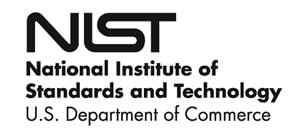RSS feed source: NIST--Advanced Communications
Several attacks by Zionist regime
Print View Posted on: 14 June 2025
Event Date: 13 June 2025 Event Type: Other Event Location: Iran, Islamic Republic of, Esfahan Nuclear Facilities INES Rating: Not provided
Despite the prohibition of attacks on nuclear facilities and the fact that such actions contravene all international norms and principles of international law, the Esfahan nuclear facilities – which have been under continuous IAEA inspection and verification measures – was attacked several times by the Zionist regime on June 13. Because of the sensitivity of information that may be used by the enemy, no information can be provided about the on-site condition. No increase in off-site radiation levels has been reported as of this time. Further investigation is still ongoing.
INES Rating: Not provided
Impact on people and the environment Release beyond authorized limits? No Overexposure of a member of the public? No Overexposure of a worker? No
Click this link to continue reading the article on the source website.

